Managing My Return to the Cockpit

“Making power … airspeed alive … 80 knots … V1 … rotate … positive rate.”
Martha, as pilot monitoring, was making the call-outs for my first take off in our old Falcon 10 in more than a year. And the take off wasn't’t pretty.
When it’s lightly loaded, the Falcon 10 takes off like a scalded cat. Early Lear and Falcon 10 pilots used to tape a $100 bill to the cockpit floor between the two pilots and tell passengers in back they could have the cash if they could get to it before the airplane reached 10,000 feet. The money was safe.
“Speed check. You need to pitch up more. We’re getting too fast to raise the gear.”
The initial target pitch-up on rotation for take off for this swept-wing jet is 16 degrees. That pitch attitude is designed to give the best angle-of-climb speed in the event of an engine failure. But if you don’t lose an engine, you need to keep bringing the pitch up to about 25 degrees or your speed will get out of hand. I had paused too long before pitching on up. It was clear that I was already behind this high-performance jet.
“You need to pitch back down some. You overshot. We’re getting too nose-high.”
I was also over-controlling and missing my target pitch attitudes. In the Falcon 10, a little bit of over-controlling goes a long way.
“Speed check. Now you’re getting too fast. We haven’t gotten the flaps and slats up yet. Pitch back up — aim for 25 degrees again.”
I was certainly keeping Martha busy. She has a great ability to manage high workloads in flight, and in this case she needed it. With attentive monitoring and timely direction, she soon got both me and the airplane under control.
この記事は Flying の September 2017 版に掲載されています。
7 日間の Magzter GOLD 無料トライアルを開始して、何千もの厳選されたプレミアム ストーリー、9,000 以上の雑誌や新聞にアクセスしてください。
すでに購読者です ? サインイン
この記事は Flying の September 2017 版に掲載されています。
7 日間の Magzter GOLD 無料トライアルを開始して、何千もの厳選されたプレミアム ストーリー、9,000 以上の雑誌や新聞にアクセスしてください。
すでに購読者です? サインイン

The Temple of Speed
Reno entices even this altitude-oriented pilot.

Flat Sixes
Fanatical artisans
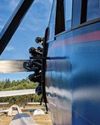
Blue over Green, Tent in Between
I’m old , I’m cranky. Why do I keep air-camping?
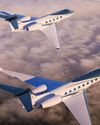
Gulfstream Reveals G400, G800
The product lineup gains large-cabin and ultralong-range mounts.
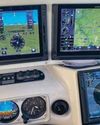
Every Airplane Requires a Checkout
Embrace the challenge of mastering a new machine.

Fuhggedaboutit
Fifty-plus years of f lying forgetfulness

THE MAULE FAMILY APPROACHABLE AIRCRAFT
Choose your mount —the Maules do it all.

Sisters
“ Women certainly have the courage and tenacity required for long flights.” —Mildred Doran
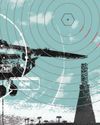
INSIDE OUT OR OUTSIDE IN?
What kind of pilot should you be?
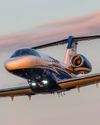
WE FLY: CESSNA CITATION CJ4 GEN2
THE FLAGSHIP CJ JUST GOT A WHOLE LOT BETTER.